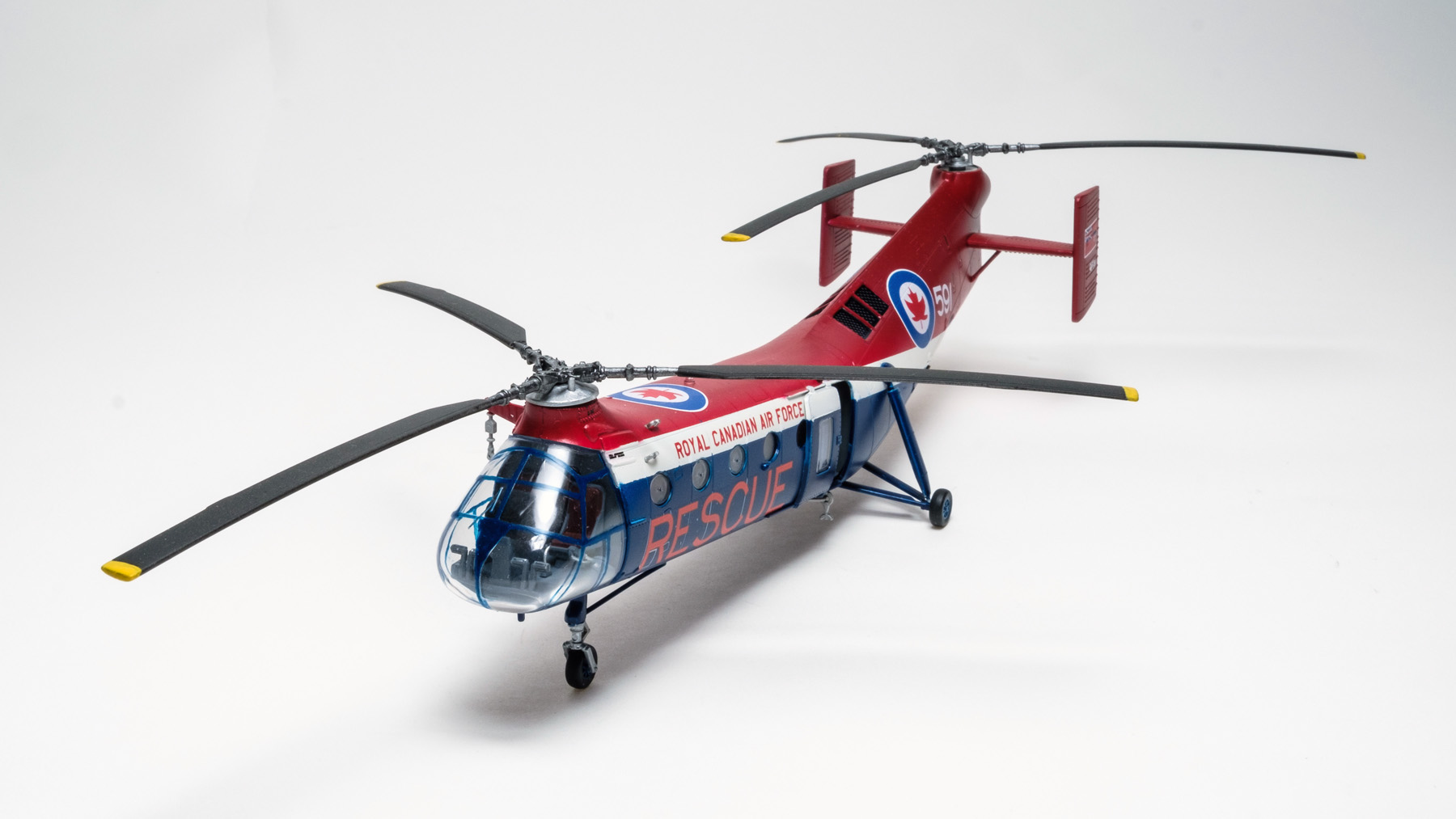29 Sep If I Had A Little Photograph Of You…
And suppose it was the only photograph I had - of you or anyone else. The first photographs were such marvels that they set the civilised world - France, Germany, the United States - ablaze with wonder and interest. Even in backwater Britain, in the wilds...











